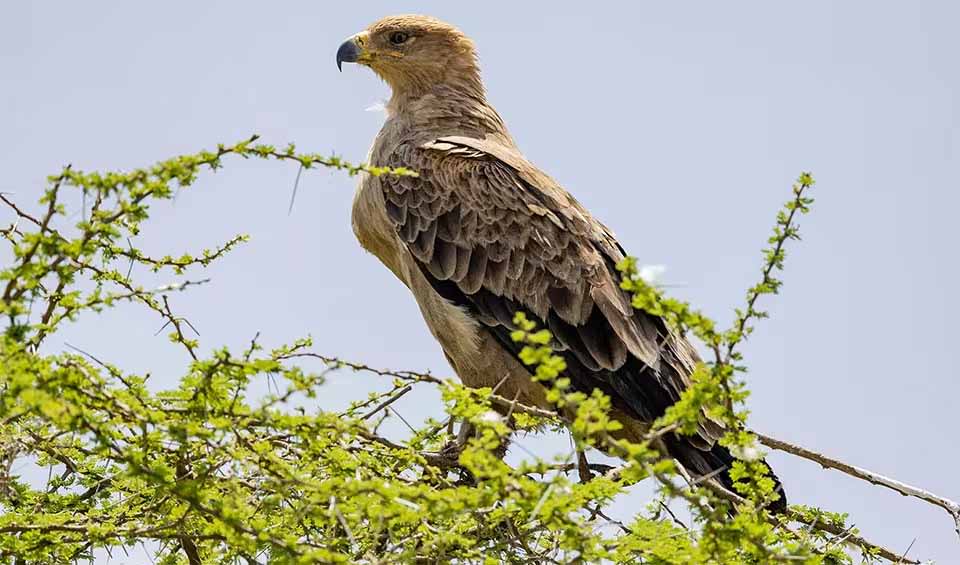Aquila – True eagles
This Old World family has been roaming around the planet for 12 million years
The term “True Eagles” is commonly applied to the genus Aquila, which includes some of the most majestic and powerful birds of prey in the world.
True Eagles are characterized by their robust bodies, large hooked beaks for tearing flesh, and strong muscular legs with powerful talons to grasp prey. Their keen eyesight is among the sharpest of any animal, allowing them to spot potential prey from great distances.
Their plumage tends to be rich brown with lighter golden-brown plumage on their heads and necks. Juveniles often have white on their tails and sometimes on their wings, which they lose as they mature. The vividness of their eyes, ranging from bright yellow or hazel to dark brown, adds to their fierce and penetrating gaze, which is so often associated with the avian predators’ keen vision.
True Eagles have an extensive range and can be found across various landscapes, from the open tundra to the arid desert and from the sea level up to high mountain ranges. They are highly adaptable and can thrive in a variety of environments as long as there is sufficient food supply and nesting sites. However, they tend to avoid areas with extensive human activity, such as farms or crowded urban areas, which can disrupt their hunting and nesting activities.
In flight, these eagles are a spectacular sight. They utilize thermal currents to soar high in the sky, often making a shallow ‘V’ formation with their long, broad wings. This efficient flying technique allows them to conserve energy while searching vast areas for prey.
Sexual dimorphism is evident in True Eagles, with females being significantly larger and heavier than males. This difference may relate to different roles during breeding and hunting, with the larger females requiring additional strength for producing and incubating eggs, while the smaller males are more agile hunters, necessary for providing food for the females and chicks during the breeding season.
Species in this genus
Steppe eagle
The treasured bird of Saladin, the first Sultan of Egypt
Eastern imperial eagle
Its imperial imagery and fierce demeanor have made it a symbol of power and nobility throughout history
Spanish imperial eagle
One of the rarest and most endangered eagle species in the world
Tawny eagle
Often seen as a symbol of strength, freedom, and keen vision in many African communities
Black eagle
Controller of arboreal birds and mammals populations in Asia’s tropical forests
Golden eagle
This majestic brown raptor is most widely distributed eagle species
Wedge-tailed eagle
Australia’s largest bird of prey and one of the most impressive raptors in the world








